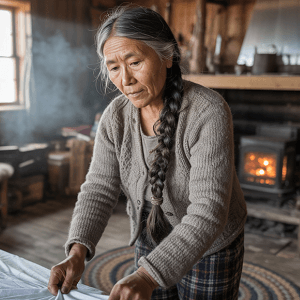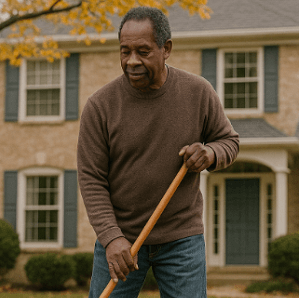Alcohol-related liver disease deaths in the U.S. have doubled over the past two decades, with the steepest increases seen among women, young adults, and Indigenous populations. A study published in JAMA Network Open found that from 1999 to 2022, the death rate rose from 6.7 to 12.5 per 100,000 people, with a sharp 9% annual increase between 2018 and 2022.
Pandemic-era stressors like financial insecurity and social isolation fueled a surge in alcohol consumption, and the effects have lingered. “The increase continued past the acute phase of the pandemic,” researchers noted, pointing to lasting shifts in drinking habits.
Women experienced a faster rise in mortality than men, with an annual increase of 4.3% compared to 2.5%. Young adults aged 25 to 44 also saw a 4.2% annual rise in deaths, highlighting a troubling trend among people in their prime working years.
The most alarming disparities were found among American Indian and Alaska Native communities. Their death rates soared from about 25 to nearly 47 per 100,000—nearly four times the national average. Black Americans initially saw a decline in deaths, but rates spiked by 21% annually starting in 2019. White individuals experienced a steady increase of 3.6% per year.
These patterns underscore the urgent need for targeted prevention and treatment strategies, including better screening and alcohol cessation programs, especially in communities bearing the brunt of this crisis.Se
See: “Alcohol-related liver disease deaths double in two decades” (June 12, 2025)



